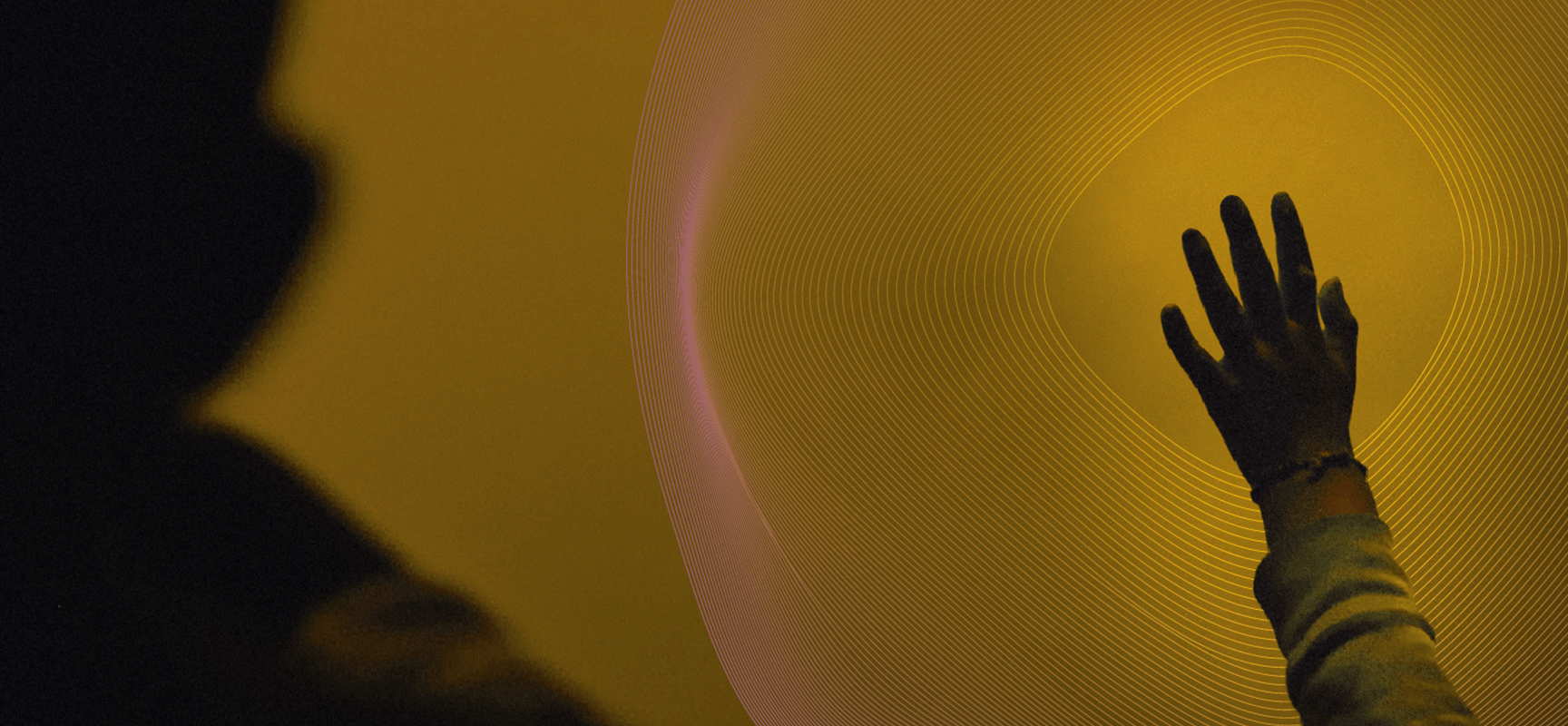In this article, we'll take a look at the fundamental differences between Web3 design and traditional web design and explore how designers might make decentralized apps' (DApps) user interfaces successful.
Table of contents
- Introduction
- Web3 Overview and Decentralization
- Unusual Design Obstacles Imagination by Web3 Technologies
- Designing for Transparency and Trust
- Conclusion
Understanding Web3 and decentralization
The decentralized web, which is based on blockchain technology, is often referred to as Web3. Web3 is decentralized and dispersed throughout a massive network of nodes, whereas the conventional web is centralized and managed by a few large corporations.
At the heart of Web3 is decentralization, which has a lot of design consequences. Decentralized systems, for instance, lack a single point of failure, so designers must consider redundancy and fault tolerance. Designers must think about how to convey trust to consumers through design because Web3 is based on a trustless architecture.
Unusual design challenges in Web3
Design and content are critical in the transition from Web2 to Web3. Web3 presents unique design challenges that require a new mindset and skill set from designers. One of the main issues is that Web3 apps are complex and challenging to understand, so designers must develop ways to simplify information for users.
In this Web2 to Web3 transition, design and content need to act as a bridge, using familiar patterns to introduce new concepts. By using storytelling and familiar design metaphors, designers can help users understand Web3 and how it differs from traditional web applications. This approach can help increase understanding and build trust with users.
Another challenge is that Web3 apps use technology that consumers may not be familiar with. To address this, designers must come up with strategies for instructing users and explaining complex ideas simply. For instance, designers can use familiar design patterns and metaphors to make new concepts more accessible. By creating compelling narratives that resonate with users, designers can build trust and credibility for Web3 technologies and help users adopt them with confidence.
Through the power of design and storytelling, we can build a better, more decentralized web that empowers users and promotes innovation.
Designing for trust and transparency
Designing for trust and transparency is one of the most crucial elements of Web3 development. Designers must figure out how to increase user trust through design because Web3 is based on a trustless architecture. To achieve this, designers need to define what is meant by transparency and communicate this to the users, while educating them so they understand true ownership and its consequences.
Transparency communication via design is one method to do this. Designers may make it simple for users to acquire information about a system's governance and decision-making processes. By describing how the system functions in clear, succinct language and providing users with clear information on how their data is being used and who has access to it, designers can help build trust and credibility for Web3 applications.
Designing for security is another way to foster trust. Blockchain technology, which Web3 apps are based on, is intrinsically safe, but there are still security issues that developers need to be aware of. Designers must consider how to safeguard users' private keys and other sensitive data. By implementing robust security features and communicating them clearly to users, designers can help make users feel secure and confident when using Web3 applications.
Conclusion
Web3 is the internet of the future, and it's revolutionizing how we use information and technology. Decentralized networks and blockchain technologies present certain design issues that designers who wish to work with Web3 must be aware of.
Developing for Web3 requires a shift in perspective when it comes to user interfaces and user experiences. Designers must figure out how to express openness and trust, simplify complicated information, and design with security in mind. It's crucial to keep up with the most recent advancements in the industry and to try out novel design methods and strategies if you want to work as a designer in Web3.
Stay tuned for our next article, which will explore the unique design challenges of building a Web3 wallet. With many more blog posts in the pipeline, we look forward to sharing our insights and experiences as we continue to shape the future of Web3 design.
Experience the future of Web3 technology with our secure, user-friendly Web3 wallet. Get Lace now and sign up for all the latest Lace news and updates!

